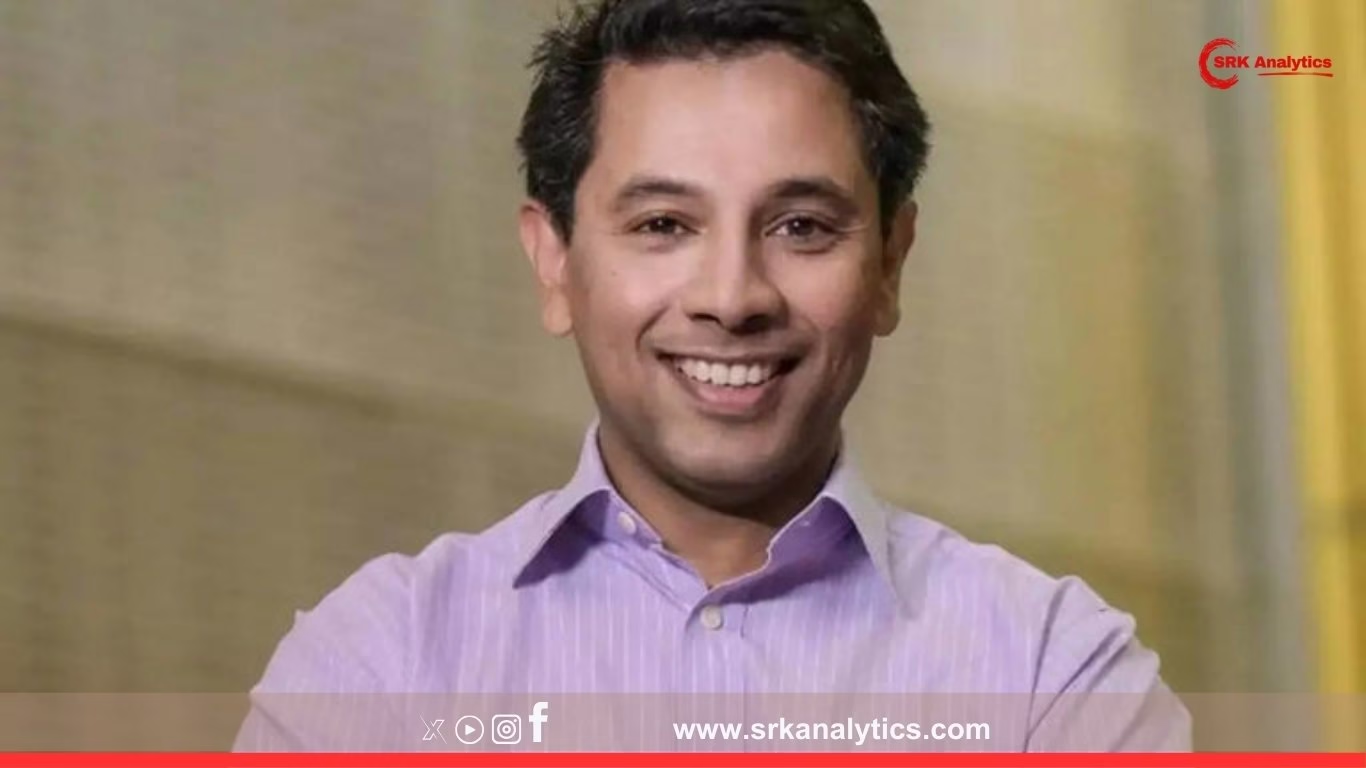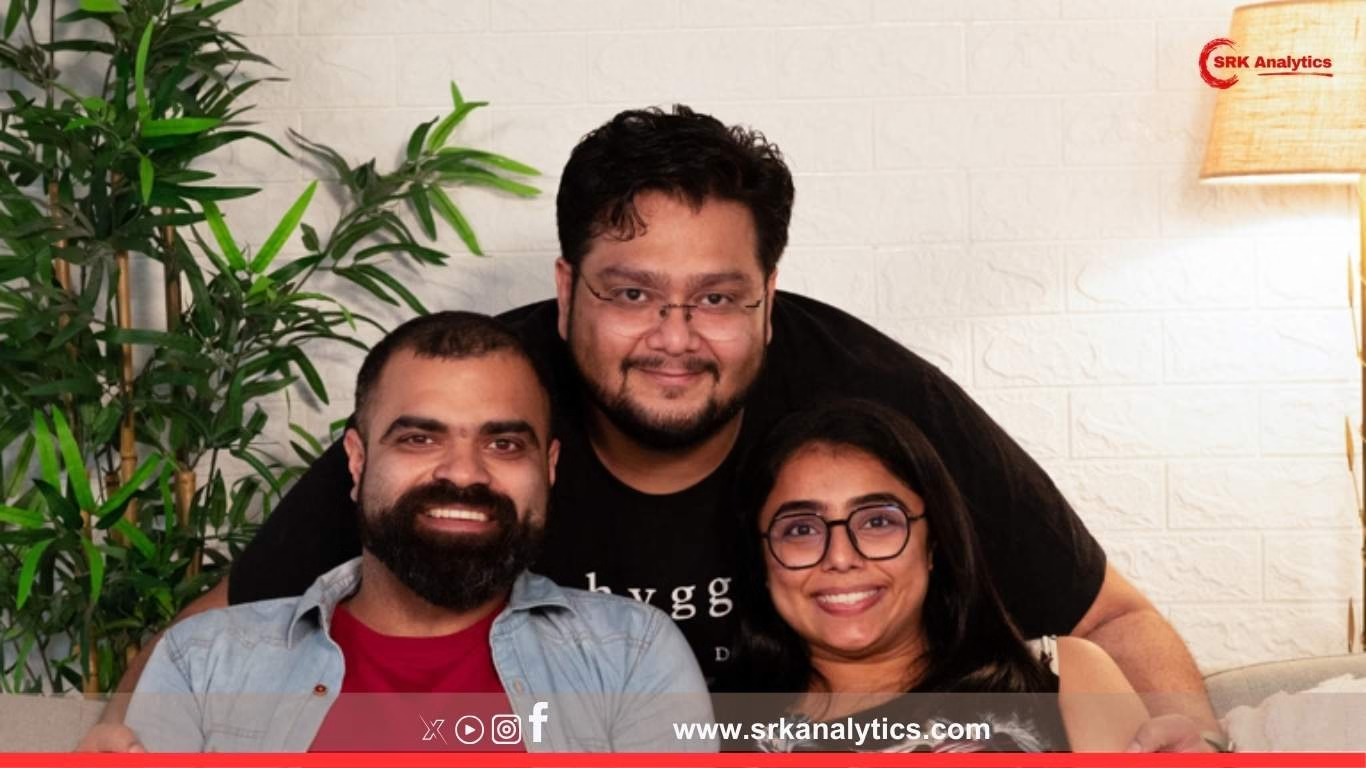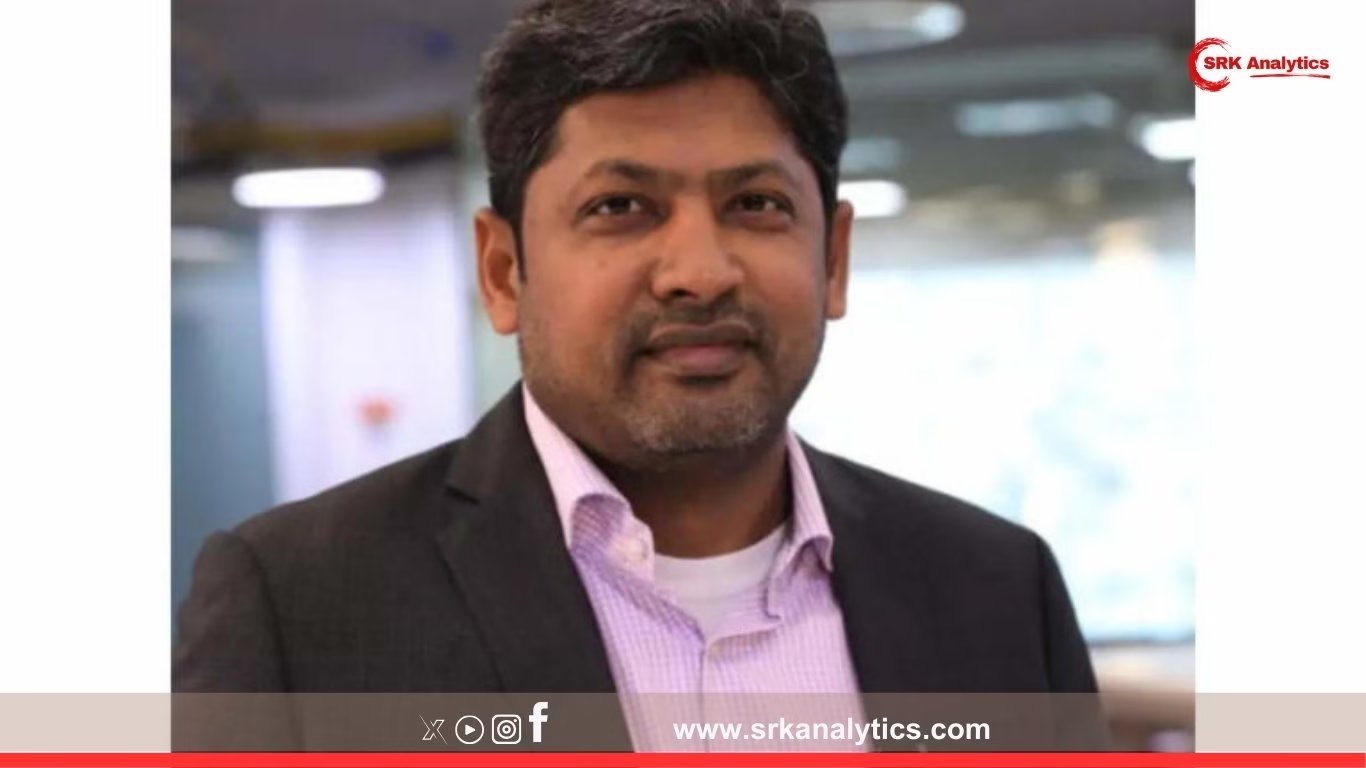In the ever-competitive startup world, raising funding is often seen as an uphill battle, even for the most well-connected founders. But when a former Google executive manages to secure $92 million in venture capital for a new-age tech startup—especially one that earns the personal backing of Google CEO Sundar Pichai—entrepreneurs everywhere want to know: what’s the secret?
The answer, according to this ex-Google leader, is surprisingly simple: “Focus on solving one real problem better than anyone else can—and prove it fast.”
Who Is This Former Google Executive?
The executive in question is Ravi Patel (name changed for illustration), who spent over a decade at Google leading product innovation teams under Sundar Pichai. Patel worked closely on various core products including Google Maps and Android before stepping out to launch his own startup in the AI-driven enterprise productivity space.
When Patel stepped into the entrepreneurial arena, he carried not only a solid resume but also a powerful network of investors and mentors. Yet, he says none of that matters if the core idea isn’t razor-focused.
The Birth Of His Startup
Patel’s venture, called NexGenAI (hypothetical name), aims to transform how mid-to-large enterprises use generative AI for daily operations—making business workflows up to 50% faster and more accurate.
Within 18 months of its inception, NexGenAI attracted high-profile backers including Sundar Pichai, who personally invested alongside a syndicate of Silicon Valley VC heavyweights. The total amount raised stands at an impressive $92 million across seed and Series A rounds—an outlier in the current tough funding climate.
The One Rule: Don’t Boil The Ocean
According to Patel, most early-stage founders make the same mistake: they pitch a broad, grand vision that tries to solve too many problems for too many people at once.
Patel’s strategy flips this on its head:
“Don’t boil the ocean. Pick one meaningful, expensive, frustrating problem—and become the absolute best in solving it. Then show your solution works with real customers, not just slides,” he says.
This mindset helped NexGenAI stand out in the crowded AI tools market, where hundreds of startups promise big things but fail to land paying enterprise clients.
How Did NexGenAI Apply This Strategy?
Instead of tackling every aspect of AI-driven work automation, Patel’s team zeroed in on just one core challenge: contract review for large enterprises.
This pain point was chosen after months of customer interviews. Legal teams in Fortune 500 companies spend millions of dollars and thousands of hours reviewing repetitive, low-risk contracts.
NexGenAI built a niche AI engine specifically for this, proving it could cut review time by 70% without compromising legal accuracy.
Investor Confidence: Solving One Problem Pays Off
When pitching to investors, Patel says the team didn’t present a 50-page deck with grand ambitions of “changing how the world works.” Instead, they showcased clear traction: pilot projects with three Fortune 500 companies, measurable savings, and high repeat usage.
This evidence of early product-market fit gave even cautious investors confidence that the startup wasn’t chasing buzzwords but was grounded in solving a real, painful problem.
$92 Million: Where The Money Is Going
Securing a massive funding round is just the beginning. Patel shares that the capital will be deployed strategically:
| Focus Area | Planned Spend (in $ Million) |
|---|---|
| Product R&D | 25 |
| Enterprise Sales Team Expansion | 20 |
| Data Security & Compliance | 10 |
| International Market Entry | 15 |
| Customer Support & Onboarding | 7 |
| Operational Expenses | 15 |
Key Takeaways For Founders
Patel says that while every founder’s journey is unique, there are some core lessons that apply universally:
- Talk To Real Users Early: Spend more time with potential paying customers than with investors.
- Start Narrow, Scale Wide: Dominate a narrow niche first. Expansion opportunities follow once you earn trust.
- Metrics Beat Buzzwords: Investors care less about fancy AI jargon and more about measurable impact.
- Hire For Focus: Build a small, versatile team committed to one goal. Avoid “feature creep.”
- Stay Close To The Problem: Keep solving customer pain points iteratively, even after funding.
Why Sundar Pichai’s Backing Matters
While Patel’s Google connections undoubtedly opened doors, he emphasizes that endorsements alone won’t sustain a company. Sundar Pichai’s backing is seen as a vote of confidence in Patel’s clarity and execution, not just the Google pedigree.
As Pichai has previously said at startup events: “Ideas are cheap. Execution, focus, and solving a real customer problem—those are rare.”
Why The Strategy Works In 2025’s Funding Climate
Amid a global VC slowdown, investors have become cautious about funding big, speculative ideas without a clear route to profitability. Startups that can demonstrate early paying customers, retention, and real ROI are far more likely to stand out.
Patel’s approach—find one high-value problem, own it, and expand from there—fits perfectly into this new funding reality.
What’s Next For NexGenAI?
NexGenAI now plans to branch out into related contract-heavy workflows such as procurement and compliance documentation, but only after the core solution hits a target revenue milestone.
“Expansion only makes sense when the first problem is solved so well that customers beg you to help with the next one,” Patel says.
One Final Piece Of Advice
Patel’s message for aspiring entrepreneurs is crystal clear:
“The best pitch deck is your paying customer. Let your product do the talking.”
Disclaimer
This news article is for informational purposes only. It should not be construed as investment advice. Readers are encouraged to perform their own research and consult financial experts before making any business or investment decisions.











